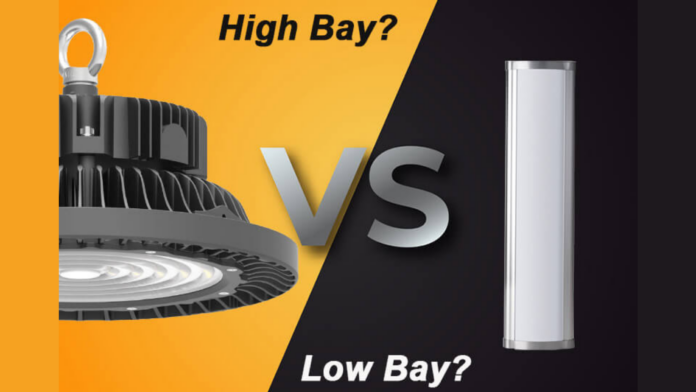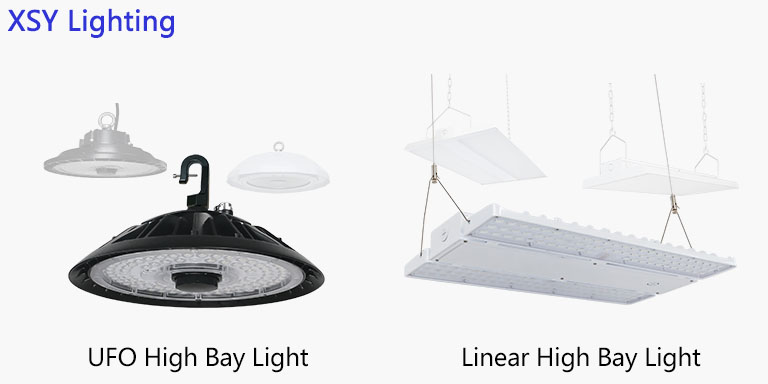Modern industrial lighting takes advantage of different techniques, especially LED lighting. Both low-bay and high-bay lighting are used as a fixture to illuminate large and wide spaces, but with their own characteristics. Find the differences between low-bay and high-bay lighting.
This type of lighting is used to illuminate large constructions or buildings, with ceilings that exceed 10 feet in height. Similarly, it is very common in interior spaces such as warehouses, dealerships, shopping malls, sports stadiums, and factories, among other large spaces.
At the industrial and even residential level, LED lighting is recommended for its ecological and even economic benefits, since its energy consumption is quite low.
When it comes to low-bay or high-bay lighting, LED light is the most recommended and they differ from each other by different factors, among those, the installation methods, the light power, and of course, the ceiling height in the areas you want to illuminate.
What are the differences between low-bay or high-bay lighting?
Low-bay and high-bay lighting systems are the most popular and used in industrial and commercial areas.
Knowing which one to choose depends on certain characteristics of the spaces where they will be installed and above all, the level of illumination that the area requires. Lighting in industrial areas directly influences the safety of the place and that the operations or activities in the place are executed correctly.
It is important to know the differences between low bay and high bay lighting to make sure you install the one that best suits you.
Height
Obviously, the main difference between low bay and high bay lights is the height of the area where they are to be installed. Depending on the distance between the floor and the ceiling it is possible to choose on the kelvin scale and the correct wattage.
Just as the name says, high bay lights are used especially where the ceilings are over 8 meters, so their light output is over 8,000 lumens and the power is in the range of 250W to 1000W or less, if it is LED light.
For high bay lights to work properly, their design must have reflectors and lens angles well thought out for spaces with high ceilings.
When it comes to low bay lights, they are designed for spaces with ceilings of less than 20 feet, or between 10 and 20. These are ideal for lighting smaller spaces, such as stores, small buildings or customer service offices.
Installation
When it comes to installation, low bay lights generally install much faster, as the process is much easier than high bay lights.
High bay lights generally require large ladders or cranes to be able to reach the required height and do the installation work. This involves more risk and possibly more time.
Lighting angles
As for lighting angles, it is wider when it comes to low bay lights, which should be at least 120°. When it comes to high bay lighting, use narrow and wide angles, which can range from 60° to 120°.
LED lights in low bay lighting are used to generate a wider angle of light in order to maintain the required power, as well as to direct it to specific locations.











